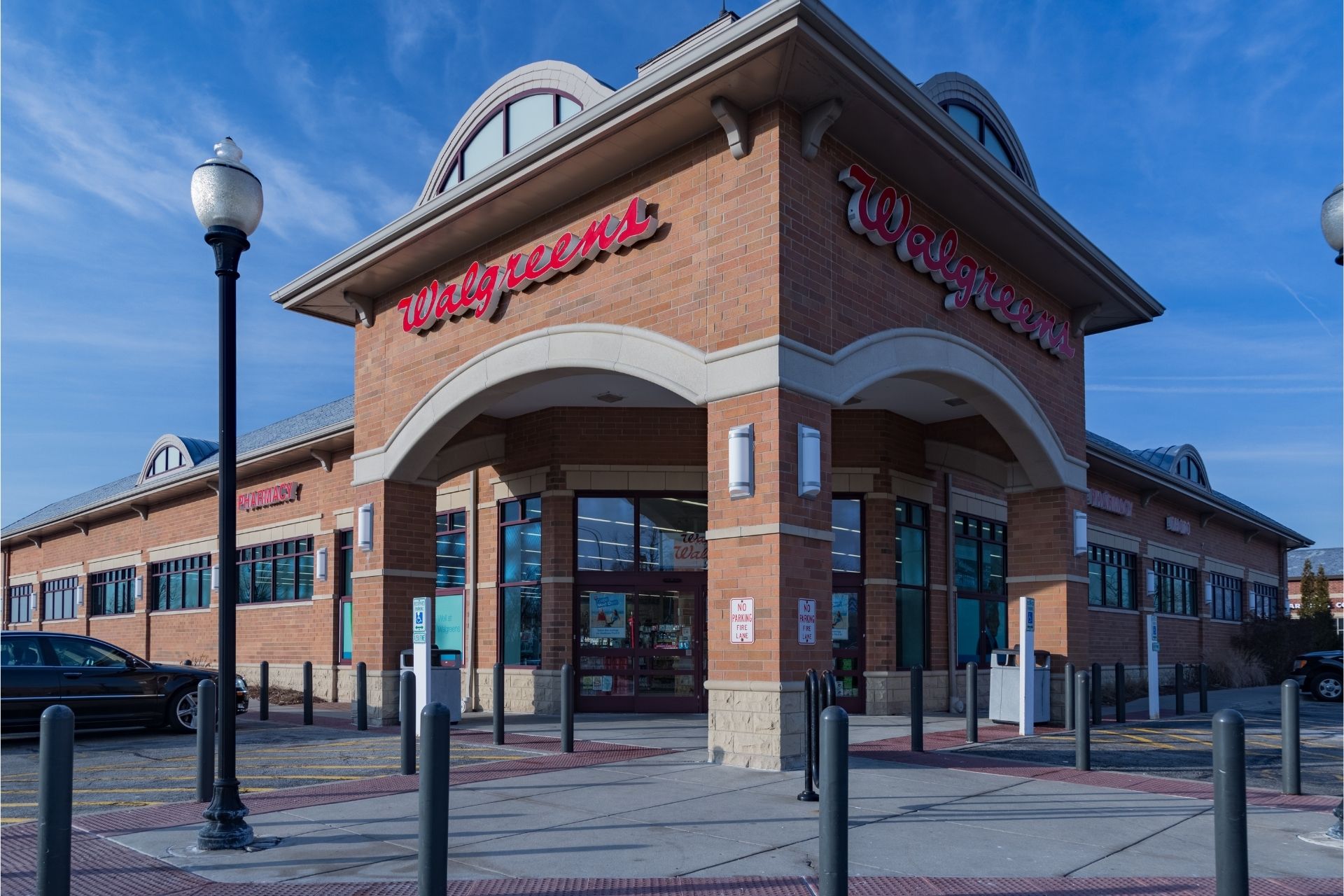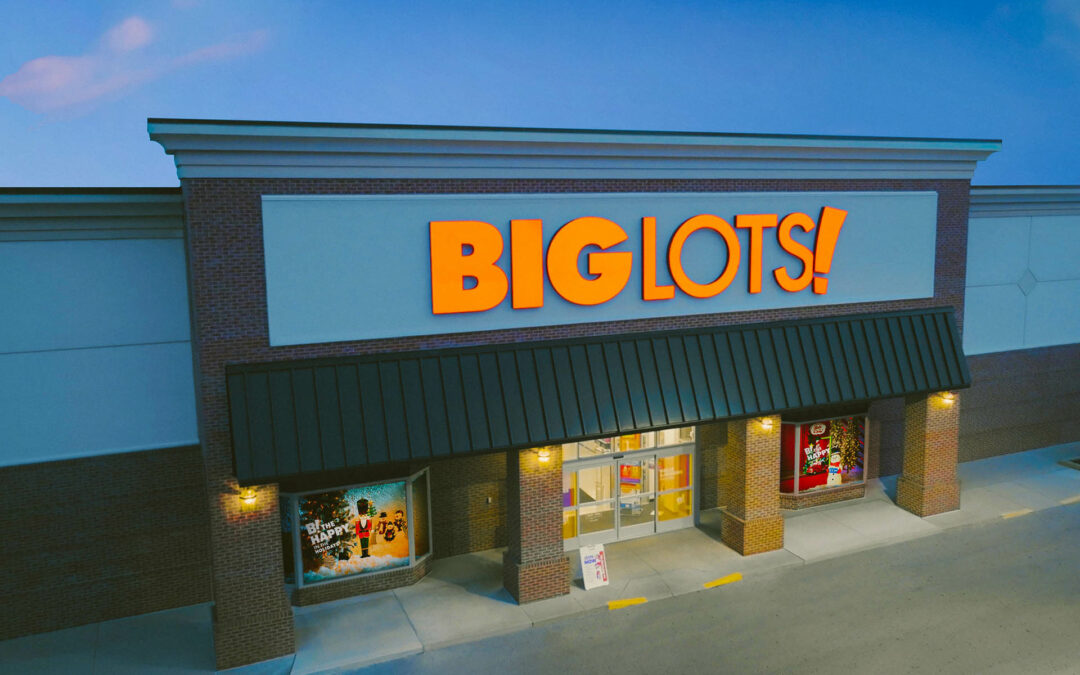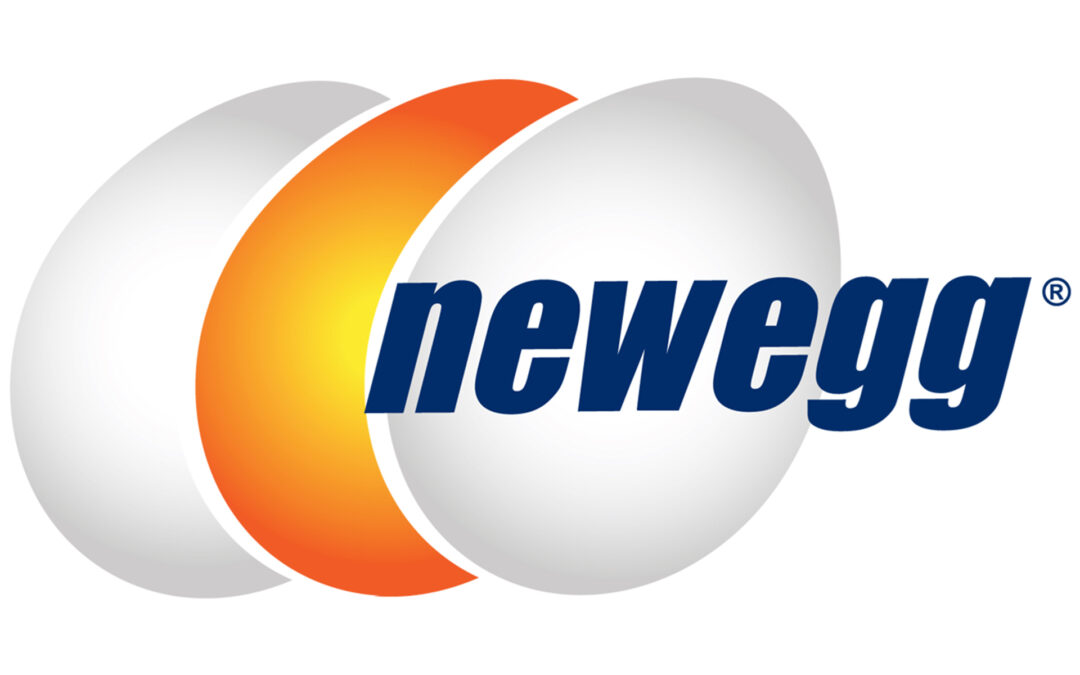Walgreens Boots Alliance revealed it plans to close 1,200 underperforming stores as it reported fourth-quarter earnings declines in its overall and U.S. retail operations while sales gained in both segments.
Walgreens’ adjusted earnings per share and sales did beat a Wall Street estimate.
The company posted a net loss of $3.01 billion, or $3.48 per diluted share, versus a net loss of $180 million, or 21 cents per diluted share, in the year-before quarter. Adjusted for one-time charges, net earnings were $340 million, or 39 cents per diluted share, versus $575 million, or 67 cents per diluted share, in the year-previous period.
An analyst consensus estimate published by Yahoo Finance called for earnings per adjusted diluted share of 36 cents and revenues of $35.75 billion.
Loss per share in the quarter included a non-cash charge for valuation allowance on deferred tax assets primarily related to opioid liabilities recognized in past periods, and non-cash impairment charges for goodwill associated with the company’s CareCentrix health services business and equity investment in China, Walgreens reported.
Sales were $37.55 billion versus $35.42 billion in the year-earlier quarter. Operating loss was $978 million versus a loss of $450 million in the year-prior period while adjusted operating income was $424 million versus $683 million.
The increase in operating loss resulted from a non-cash goodwill impairment charge related to CareCentrix, Walgreens stated. The decline in adjusted operating income reflected a softer U.S. retail and pharmacy performance, lapping the reversal of incentive accruals and year-past sale/leaseback gains, partly offset by cost savings initiatives and improved profitability in the U.S. Healthcare segment.
In the quarter, U.S. Retail Pharmacy sales were $29.47 billion versus $27.67 billion in the year-past quarter with an operating loss of $623 million versus an operating loss of $317 million and adjusted operating income of $220 million versus $554 million. Comparable sales increased 8.3% year over year while retail comps slipped 1.7% as pharmacy comps gained 11.7%.
In a conference call, Tim Wentworth, Walgreens CEO, commented on Walgreens recent initiatives to reposition the business. He said the company has conducted a strategic review and is going forward guided by a determination to reorient the operation so it can capitalize on legacy strength as a retail pharmacy-led company. By doing so, Walgreens will be able to leverage key strategic assets that include consumer trust, convenience and relevance, Wentworth maintained.
Walgreens has established a footprint optimization program. Walgreens today operates about 8,000 stores, of which 6,000, are profitable, Wentwork said, and the company plans to invest in money-making stores over the next several years.
The funding for this investment will come, in part, from accelerating the closure of underperforming stores. Walgreens anticipates closing about 1,200 stores duringthe next three years, reducing the fixed costs associated with them. The move will realign Walgreens’ retail footprint based on a healthier store base that should enable it to respond more dynamically to shifts in consumer behavior and buying preferences, Wentworth said. Walgreens wants to improve its ability to respond as the market environment changes, which was a critical consideration in the strategic review.
In addition, Walgreens is reevaluating its merchandising strategy to offer a refreshed assortment of products, including own brands. By being more selective with national brands and expanding its exclusive labels, Walgreens can refine its focus as a destination for categories uniquely positioned to address shopper’s increasing focus on health and wellness and specifically women’s health, the company reported. As such, Walgreens has launched more than 300 new own-brand SKUs in 2024 in categories for which it can lead and better satisfy shoppers. The company expects to launch another 300-plus own brands in fiscal 2025.
Walgreens plans to overhaul the retail business while maintaining a disciplined financial model that targets strong free cash flow generation and appropriate leverage, Wentworth said.
“We are in the early stages of a turnaround that will take time, but the fiscal fourth quarter was an important building block in the foundation of this turnaround and we expect further progress in fiscal 2025,” he said.





